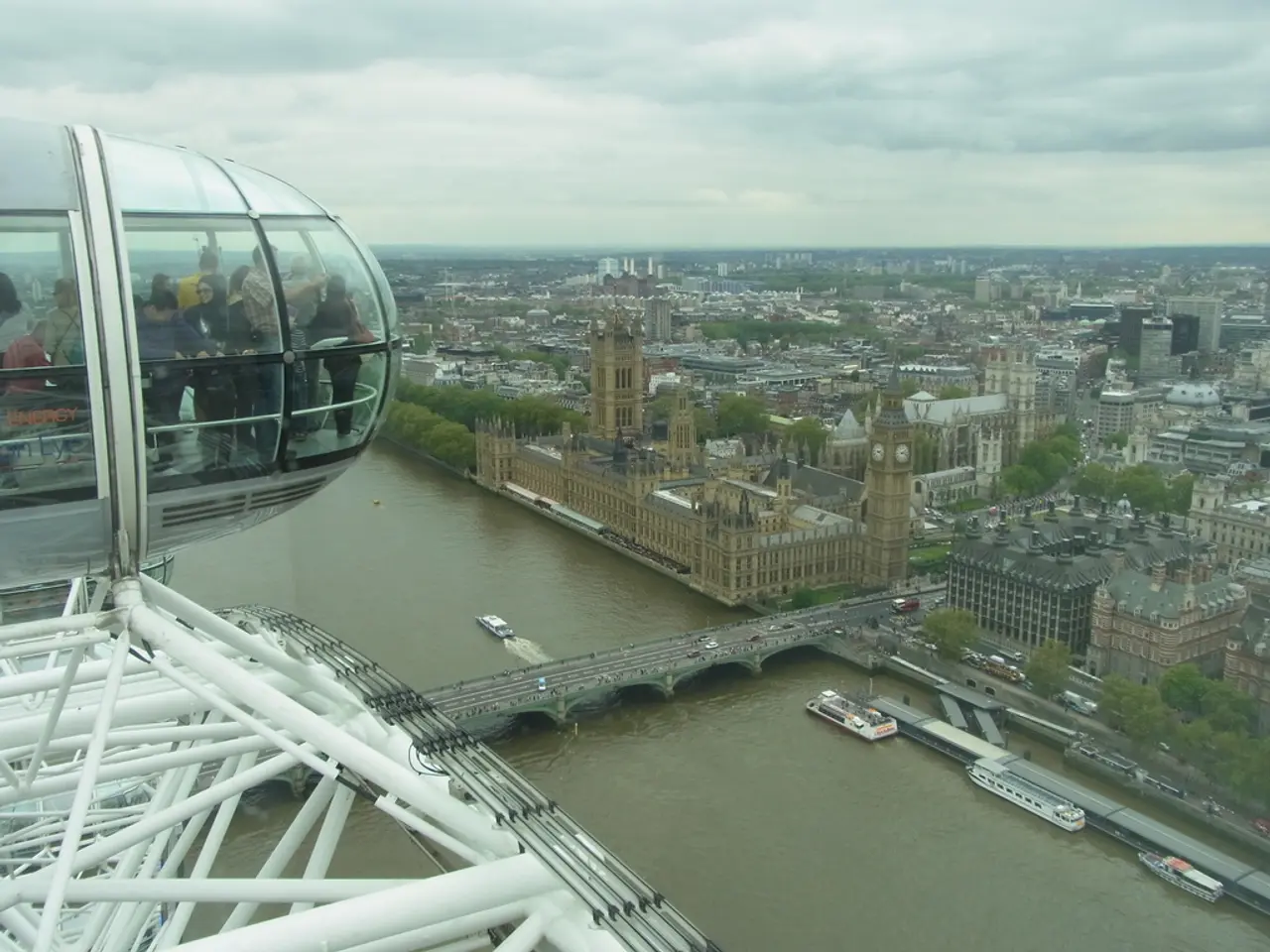Discussing the Appropriateness of Content Warnings in 'Death Stranding 2: On The Beach'
In the ever-evolving world of entertainment, the debate over content warnings in video games and media has become a hot topic. On one side, advocates argue that these warnings are essential for protecting mental health and supporting trauma recovery. On the other hand, critics contend that they may encourage avoidance behavior and limit artistic freedom.
Hideo Kojima's latest game, Death Stranding 2: On The Beach, has been at the centre of this discussion, with some arguing that the graphic violence involving a child and attempted suicide required content warnings beyond its M-rating. Similarly, Josh Broadwell, a media analyst, has argued that the content warnings in Clair Obscure: Expedition 33 are easily accessible and comprehensive, but concerns have been raised about easy-to-miss warnings undermining their effectiveness.
The argument for content warnings in video games and media centres on their potential to protect mental health and support trauma recovery by alerting users to sensitive or triggering material. Content warnings can help individuals, especially those with PTSD or other trauma histories, avoid or prepare for content that might cause distress or exacerbate symptoms. This approach respects vulnerable users' boundaries and promotes informed consumption, which can be crucial for mental health maintenance and recovery.
However, the argument against content warnings often hinges on concerns about over-sensitivity, censorship, or the possible limitation of artistic freedom. Some argue that content warnings might encourage avoidance behavior that does not help individuals confront and process trauma. Additionally, there are concerns that warnings could reduce exposure to complex themes that might ultimately aid in understanding or coping with difficult experiences.
Regarding their impact on mental health and trauma recovery, content warnings can be psychologically protective by reducing unexpected exposure to distressing stimuli, thus preventing triggers that can cause anxiety, panic, or flashbacks in trauma survivors. They can empower users to make choices aligned with their current mental health needs, fostering a sense of control that is often diminished by trauma. However, if overused or relied upon excessively, warnings might contribute to avoidance coping strategies, which some mental health professionals argue may hinder long-term trauma recovery.
In video games specifically, mental health concerns also arise from addictive design features and excessive gameplay, which have been linked to emotional and behavioural problems, particularly in children. Here, content warnings alone may be insufficient without addressing game design and playtime limits.
Overall, content warnings serve as a tool to promote safer engagement with media for trauma-sensitive individuals but should be balanced with broader strategies that include mental health education, support resources, and healthy media consumption habits. A similar approach for a TV show would be a separate content warning tab next to the Watch Now button on a streaming service, while in video games, an optional content warning system might be the correct way to include these types of things.
The debate over content warnings in video games and media is complex and multifaceted, with valid arguments on both sides. As we continue to navigate this issue, it's essential to remember the importance of mental health support and artistic freedom, striking a balance that respects both.
[1] American Psychological Association. (2015). Violence and Media. Retrieved from https://www.apa.org/topics/violence-media [2] National Institute of Mental Health. (2021). Post-Traumatic Stress Disorder. Retrieved from https://www.nimh.nih.gov/health/topics/post-traumatic-stress-disorder-ptsd/index.shtml [3] American Academy of Child and Adolescent Psychiatry. (2019). Media Violence. Retrieved from https://www.aacap.org/AACAP/Families_and_Youth/Facts_for_Families/FFF-Guide/Media-Violence-207.aspx [4] American Psychological Association. (2016). The Psychological Impact of Exposure to Violent Video Games. Retrieved from https://www.apa.org/topics/violent-video-games [5] Centers for Disease Control and Prevention. (2020). Violence Prevention. Retrieved from https://www.cdc.gov/violenceprevention/index.html
In the ongoing discussion around content warnings in video games and media, Hideo Kojima's upcoming title Death Stranding 2: On The Beach has garnered attention due to its graphic content involving a child and attempted suicide. This debate concerning censorship in video games, such as on the PlayStation 5 by Sony, takes centerstage as advocates argue for the use of content warnings to protect mental health and support trauma recovery.
Content warnings for Death Stranding 2 on the PS5 and other media forms could encourage an empowered, informed consumption, ultimately aiding in mental health maintenance and recovery for trauma survivors. However, critics argue against the implementation of warnings, citing concerns over censorship and potential limitations to artistic freedom and expression in the entertainment industry.







